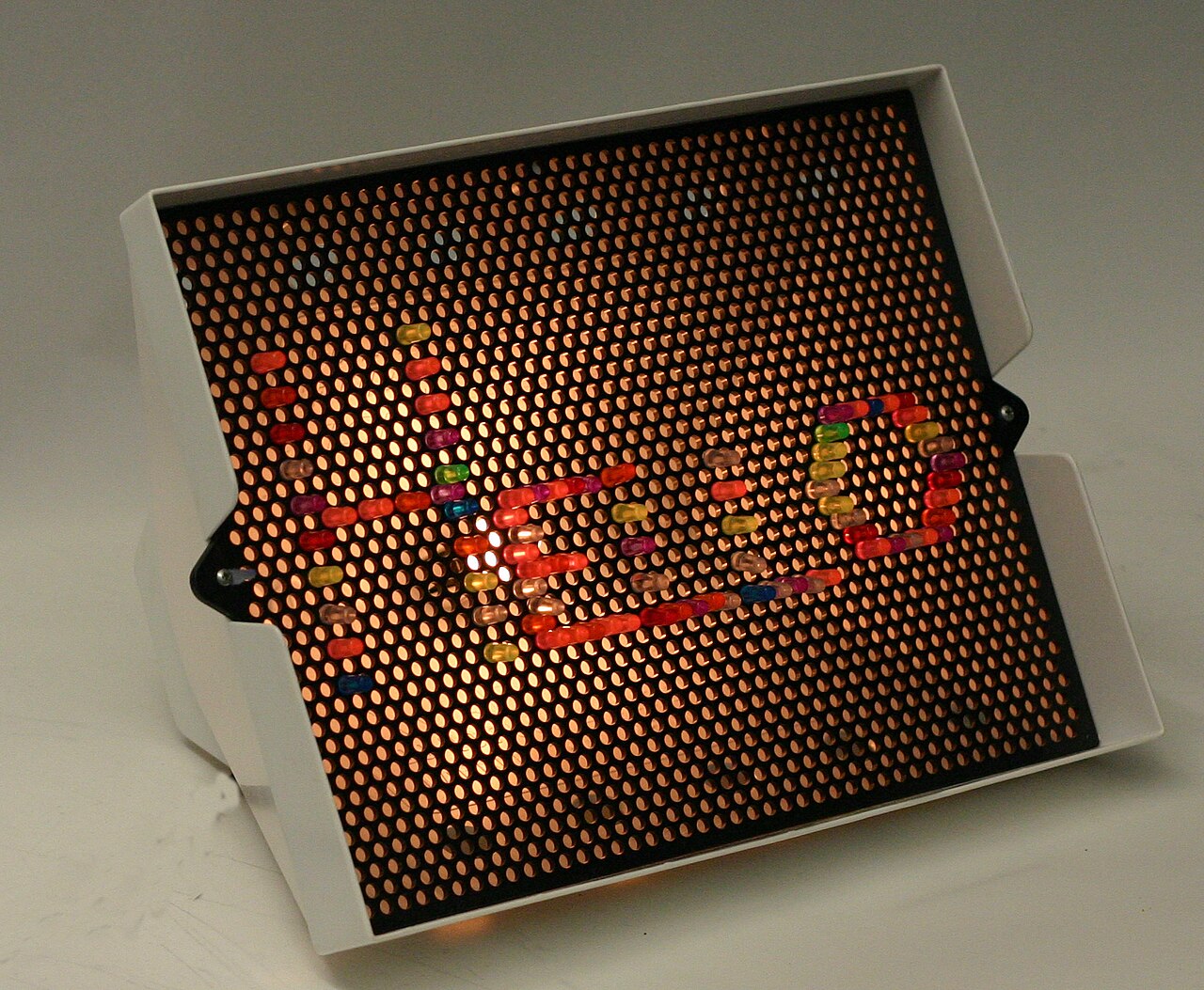A beloved part of so many childhoods has been lost.
The brilliant mind who helped shape some of the most unforgettable toys and games of generations — the kind that filled living rooms, sparked friendships, and fueled hours of pure imagination — has passed away at the remarkable age of 99.
Burt Meyer, the visionary behind childhood staples like Rock’em Sock’em Robots, Lite-Brite, Mouse Trap, and Toss Across, is no longer with us.
Lived in two worlds at once
Burt Meyer’s toys arrived at a pivotal moment in American history — the postwar boom, when plastic molding and mass production were changing the way kids played. As new technology opened the door to more interactive, ambitious toys, Meyer stepped in with ideas that would define childhood for generations.
What made Meyer extraordinary was his ability to live in two worlds at once: he had the imagination of a kid dreaming up wild possibilities, paired with the sharp mechanical mind needed to bring those ideas to life.

The spark for Lite-Brite struck in 1966 as Meyer and Marvin Glass — head of one of the era’s biggest toy design firms — were walking through Manhattan, according to NBC News.
Company engineers doubted it
When they passed a dazzling window display filled with glowing colored lights, Meyer immediately saw potential. Company engineers doubted it could be made safe for kids, historian Tim Walsh recalled in his book Timeless Toys. But Meyer pushed back, insisting it could be done.
“There’s billions of ideas out there,” Walsh wrote, “but executing them into a final creative solution is often the hard part.”
Those solutions would go on to shape childhood memories across decades.
Glowing dots lighting up dark bedrooms… plastic pieces scattered across carpets… the sound of siblings arguing over color choices… and the satisfaction of flipping the switch to see a masterpiece shine.
Creating of Lite-Brite
To make Lite-Brite work, Meyer created a small illuminated box and sheets of black paper that kids could punch through with colorful pegs. The toy became an instant classic — landing on Time magazine’s list of the 100 greatest toys ever made and earning a place in the Strong National Museum of Play’s Hall of Fame. New versions continue to be sold today.
Meyer brought that same inventive spirit to the redesign of a clunky boxing arcade game that had stalled after the tragic death of a featherweight fighter made anything too realistic feel inappropriate.

But Meyer saw another path forward. As he put it in a 2010 interview, “This is too good to pass up. Let’s take it away from humanity, let’s make it robots. And we won’t have them fall over, we’ll have something funny happen.”
The result? One of the most iconic toys of all time — and countless childhood shouts of, “You knocked my block off!!!”
Burt Meyer passed away on Oct. 30, according to Rebecca Mathis, executive director of the King-Bruwaert House in Burr Ridge, Illinois, the retirement community where he spent his later years.
Rest in peace, Burt Meyer — thank you for filling our childhoods with joy and imagination. Godspeed.





